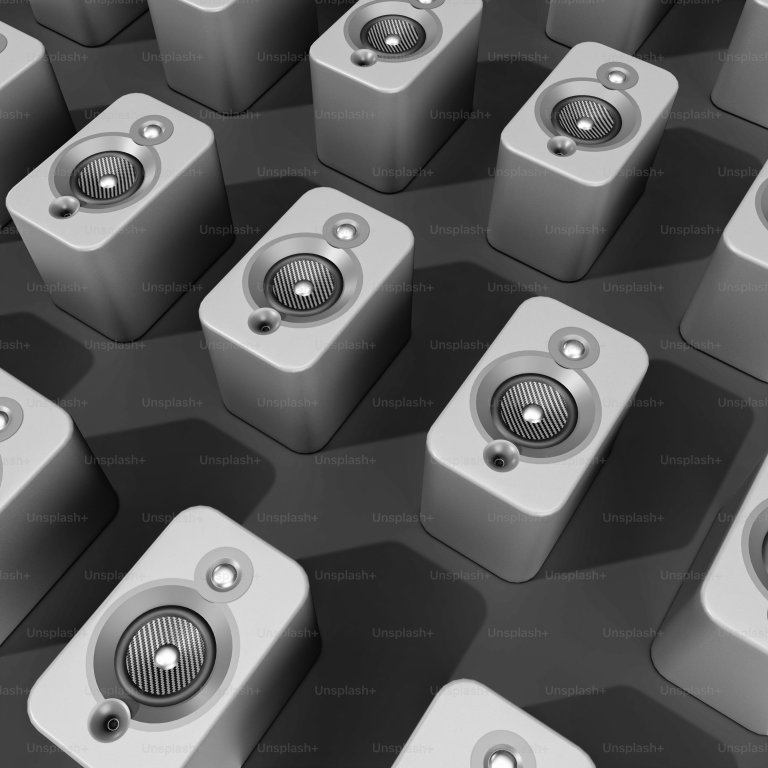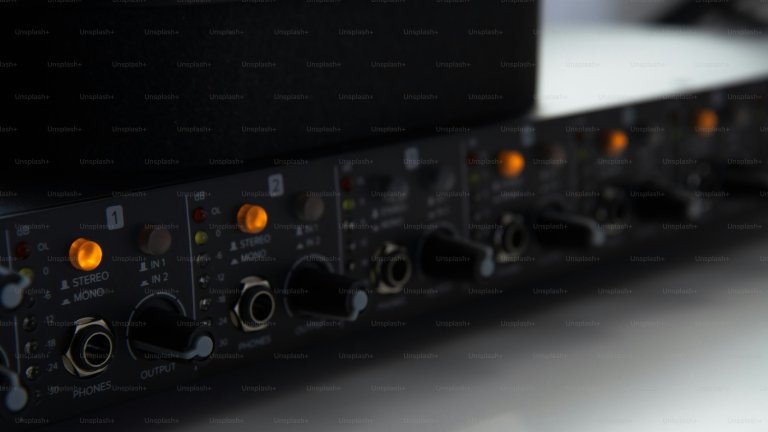Complete Guide to Hearing Amplifiers
Hearing loss is a common problem for many people, and it can affect their daily lives in various ways. However, with advancements in technology, hearing amplifiers have become a popular and effective solution for those with hearing impairments. If you or a loved one is struggling with hearing loss, this complete guide to hearing amplifiers will provide you with all the necessary information to help you make an informed decision about choosing the right hearing amplifier.
What is a Hearing Amplifier?
A hearing amplifier is a type of assistive listening device that is designed to enhance the sound for individuals with mild to moderate hearing impairment. Unlike hearing aids, which are recommended by doctors for people with severe hearing loss, hearing amplifiers can be purchased over the counter without a prescription.
Types of Hearing Amplifiers
There are three main types of hearing amplifiers on the market – behind-the-ear, in-the-ear, and canal amplifiers. Let’s take a closer look at each type.
1. Behind-the-ear (BTE) amplifiers
Behind-the-ear amplifiers are the most common type and sit comfortably behind the ear, with a clear tube connecting the amplifier to a small earbud. These amplifiers are suitable for those with mild to moderate hearing loss and are easy to use and maintain.
2. In-the-ear (ITE) amplifiers
In-the-ear amplifiers are custom-made to fit inside the ear canal, making them almost invisible. They are more discreet than behind-the-ear amplifiers but may not be suitable for individuals with small ear canals.
3. Canal amplifiers
Canal amplifiers are the smallest of the three types and are also custom-made to fit comfortably inside the ear canal. They are virtually invisible and provide a natural sound experience. However, these amplifiers may not be suitable for those with severe hearing loss.
How Do Hearing Amplifiers Work?
Hearing amplifiers work by picking up sound waves and amplifying them before they reach the ears. Most hearing amplifiers come with multiple volume settings, allowing users to adjust the amplification level according to their needs.
Unlike hearing aids, which are specifically designed to meet individual hearing needs, hearing amplifiers are one-size-fits-all, making them a more affordable option. However, it’s essential to keep in mind that hearing amplifiers are not intended to replace professional diagnosis and treatment for hearing loss.
Benefits of Using a Hearing Amplifier
Hearing amplifiers offer several benefits, including:
1. Improved Hearing
The primary benefit of using a hearing amplifier is, of course, improved hearing. By amplifying sound, individuals are better able to participate in conversations and enjoy daily activities without struggling to hear.
2. Affordable Cost
Compared to hearing aids, hearing amplifiers are relatively affordable and do not require a prescription, making them more accessible for those on a budget.
3. Discreet Design
For individuals who are self-conscious about wearing hearing devices, hearing amplifiers offer a discreet design that is almost invisible to others.
4. Compact and Portable
Hearing amplifiers are small and lightweight, making them easy to carry around and use on the go.
Factors to Consider When Choosing a Hearing Amplifier
When it comes to choosing the right hearing amplifier, there are a few essential factors to consider. These include:
1. Level of hearing loss
The degree of hearing loss is an essential factor in determining the type of hearing amplifier that is suitable. People with mild to moderate hearing loss can benefit from a hearing amplifier, whereas those with severe hearing loss may require a hearing aid.
2. Comfort and fit
Comfort is crucial when it comes to wearing a hearing amplifier, as it will be worn for an extended period. Choose a hearing amplifier with a comfortable fit, and make sure it is not causing any irritation or discomfort.
3. Sound quality
It’s essential to choose a hearing amplifier with good sound quality, as this will significantly impact your ability to hear and understand conversations.
4. Battery life
Consider the battery life of the hearing amplifier, as some models may require frequent battery replacements or recharging.
How to Use a Hearing Amplifier
Using a hearing amplifier is relatively simple and straightforward. Here are the basic steps to follow:
Step 1: Insert the battery
Most hearing amplifiers come with a small battery compartment. Open the compartment and insert the battery correctly.
Step 2: Turn on the device
Once the battery is inserted, turn on the device using the designated power button. Some models may require you to adjust the volume using a dial.
Step 3: Place the device
Place the hearing amplifier behind your ear or inside your ear canal, depending on the type of device you have.
Step 4: Adjust the volume
If the device has different volume settings, adjust the amplification level according to your comfort and needs.
Conclusion
Hearing amplifiers can significantly improve the quality of life for individuals with mild to moderate hearing loss. With a variety of options available on the market, it’s essential to choose a hearing amplifier that is suitable for your needs and preferences. Use this guide to gather all the necessary information and make an informed decision about your hearing health. Consult your doctor for professional advice and recommendations before purchasing a hearing amplifier.




